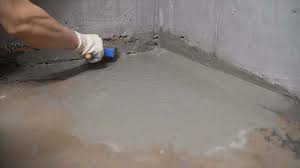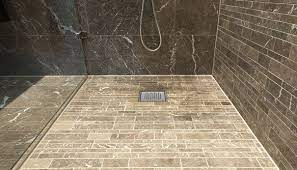Waterproofing your bathroom floor is an important step in making your bathroom watertight. Using a paint roller, apply a primer on the floor of your bathroom. Let the primer dry for 24 hours before applying waterproofing agents. Follow the instructions provided with the sealant. Afterwards, make sure that the entire floor has been waterproofed before use.

When installing tiles or other waterproofing materials, choose a product that can withstand moist environments. Tiles can be waterproofed and fit into almost any bathroom space. While tiles can be more expensive, they provide a uniform appearance. This material is also easier to maintain. While tiles are more expensive, they can be sealed and offer good waterproofing. This is a good option if you are remodelling your bathroom, especially if you are installing a wet room for someone with mobility issues. For a range of Bathing Aids, go to Ability Superstore
Start at the back corner and extend the waterproofing agent up to the height of the masking tape. Next, add waterproof membrane over cracks on the floor and walls. Cut the waterproof membrane sheet to the right size and stick it down. If there are gaps between the membrane and the wall, paint over them after 24 hours. Then, you’re done!

Besides being good for your house, waterproofing your bathroom is a must for the safety of your household. Waterproofing prevents water from seeping into the walls, causing dampness and mould. Waterproofing also makes your bathroom more energy efficient, which lowers your energy bills. While waterproofing your bathroom is not a cheap task, it’s definitely worth it in the long run.


